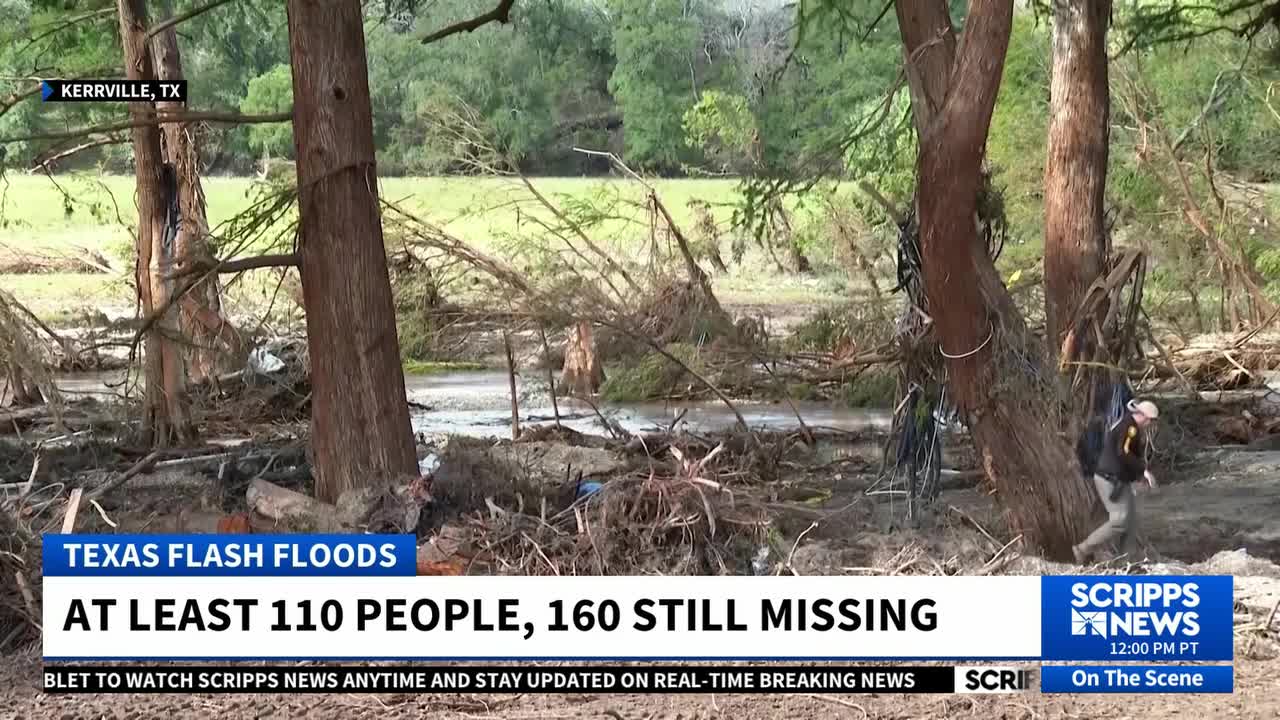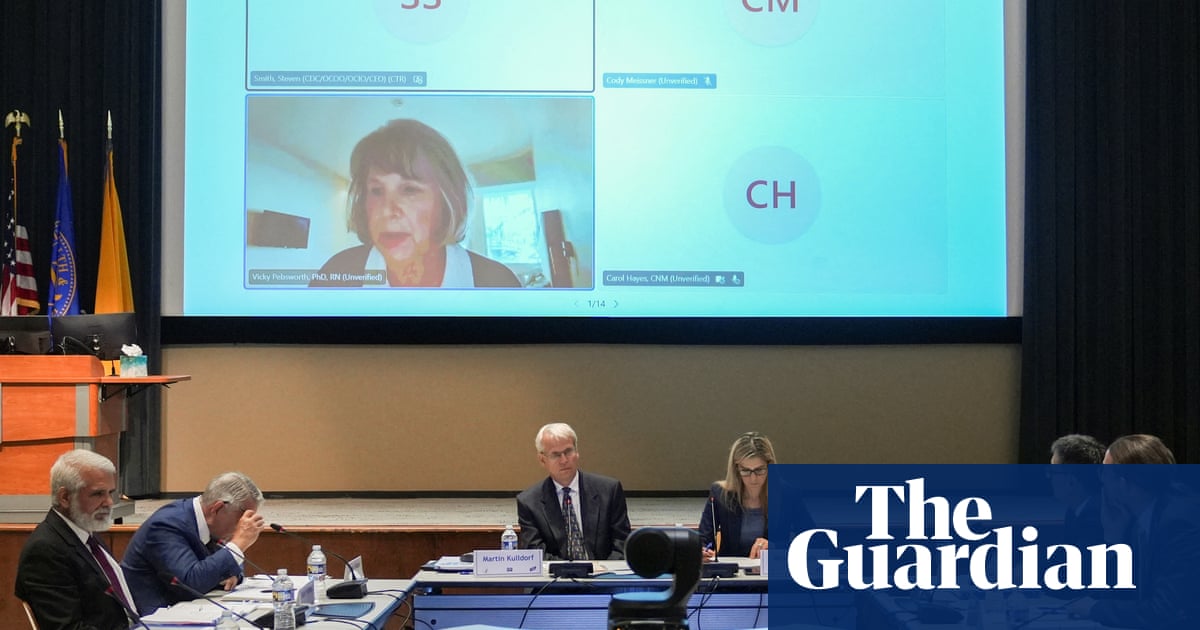Texas Flooding Highlights Climate Change Impact and Staffing Issues

Recent flooding in the Texas Hill Country has raised concerns about the links between climate change and natural disasters. Meteorologists indicate that atmospheric conditions contributing to the flooding are now approximately **7% wetter** than in previous years, a change attributed to rising global temperatures. Additionally, experts assert that the flooding was exacerbated by exceptionally rare meteorological conditions that go beyond what natural variability can explain.
As the region grapples with the aftermath of the flooding, which has left more than **160 individuals missing**, experts emphasize the urgent need for improved preparedness as storms become increasingly destructive. Local authorities face mounting pressure to enhance their emergency response capabilities.
Funding Cuts Impact Weather Preparedness
While the National Weather Service (NWS) and the White House have noted that the storm forecast was accurate and local NWS offices were sufficiently staffed, the impact of funding cuts has raised alarms. According to **Tom Fahy**, legislative director for the National Weather Service Employees Organization, financial constraints have hindered communication between warning coordination meteorologists and local emergency officials leading up to the storm.
“The role of the warning coordination meteorologist is to engage with emergency management and public safety, conduct training and exercises, and ensure preparedness for extreme weather,” Fahy stated in an interview with **Scripps News**. “That hasn’t been happening since the beginning of the year. Those funds were frozen.”
The situation is particularly concerning at the San Antonio weather office, which currently lacks a permanent science officer and warning coordination meteorologist. Similarly, the San Angelo office does not have a permanent meteorologist-in-charge. Although acting staff are filling these roles, Fahy warns that this may not be sustainable across all regions, potentially compromising the lead time for critical forecasts and warnings.
Calls for Action
Approximately one month ago, **President Donald Trump** directed the NWS and the National Oceanic and Atmospheric Administration (NOAA) to address staffing shortages resulting from early retirements. This initiative is part of broader efforts to manage the federal workforce. In light of the recent flooding, Fahy is urging the President to expedite hiring processes to fill nearly **100 open positions** within NWS.
As the Texas community works to recover from the devastating floods, the intersection of climate change and adequate staffing in emergency services remains a critical issue. Enhanced preparedness can save lives and mitigate the impacts of future natural disasters.






